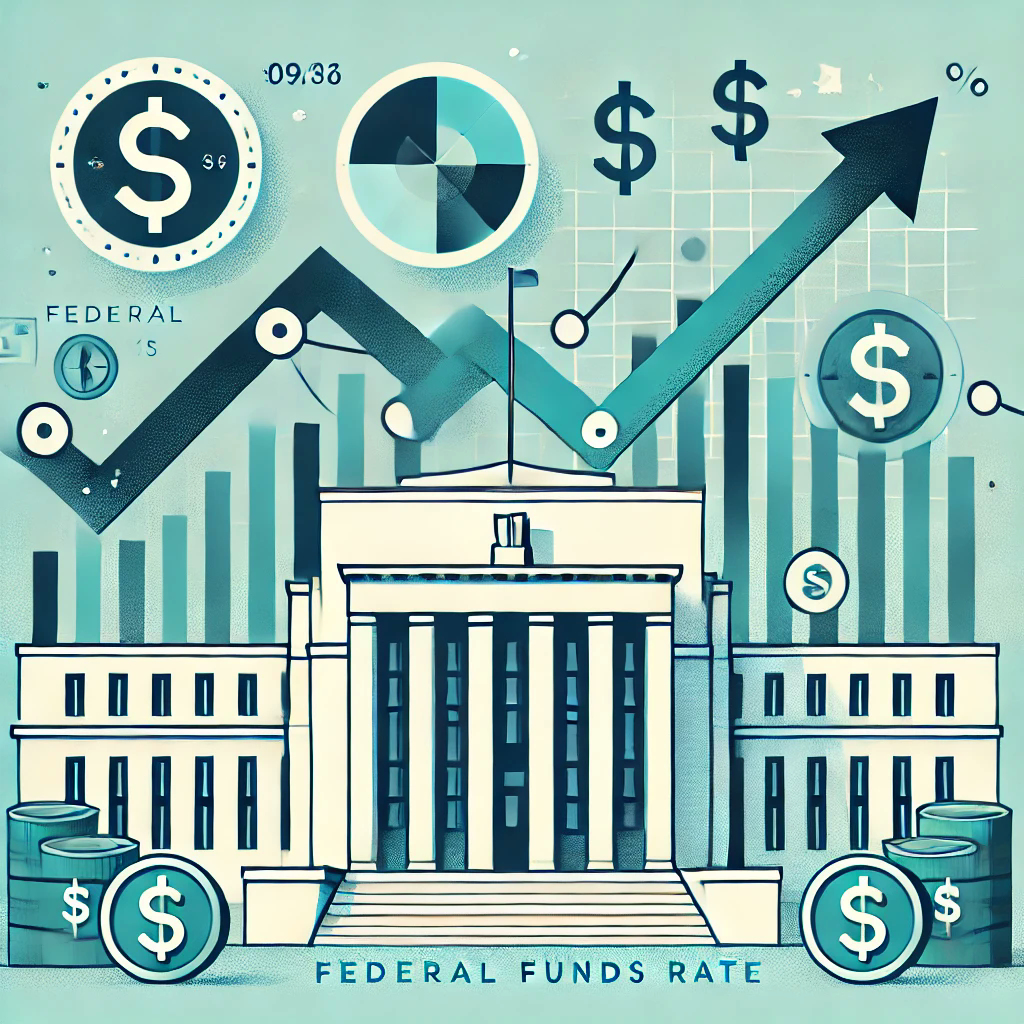
Don’t Fixate On Fed Interest Rate Cuts; Keep An Eye On This Instead
Why should I care about all the headlines around Fed Fund Cuts? I don’t borrow from the Fed at Fed Funds Rates, do you?
Cuts, or perish the thought, rate increases are simply signaling mechanisms from the Fed to the marketplace at large, based on the Fed’s views about the economy and their mission to push the economy towards price stability and full employment. But this has little, to no, impact on commercial real estate borrowing. Let me explain what you should keep an eye on.
Decades ago, pre CMBS, when Life Insurance Companies were the dominant players in the commercial real estate mortgage market, mortgages were priced relative to comparable corporate bonds plus a spread. Through the decades, pricing shifted to some spread over 10-year Treasuries. Whether or not that shifts to 5-year Treasuries going forward, our mortgage market is not priced relative to Fed Funds Rates. Therefore, I see little drivers suggesting a 10 year Treasury rate to drop below 3.5%. In fact, IMHO, Treasuries should float in the 3.5%-4.5% range. IF I am correct, a baseline commercial real estate mortgage should be priced around 6% (4% average 10 yr + 200 bp). If the loan is industrial, multifamily, or a loan a lender really wants, maybe it goes down to 5.5%; conversely, it could go to 6.5%-8% based on sponsor, product, location, and risk profile.
Non real estate people ask, why isn’t real estate suffering more (as they remember the Great Financial Crisis)? Real estate – office aside – doesn’t have the issues that it has been plagued with in the past from – overbuilding, weakening tenants, a S+L crisis, the “Asian Flu,” “Russian Ruble” crisis, or the GFC causing a lack of liquidity (not to mention the faith and confidence in our lending institutions). Rather, through greed and stupidity, we have over-financed capital stacks on overvalued assets. Much like 2006! Time, duration of equity commitment, and good sponsors improving performance on good assets is the answer to that final exam.
It still comes down to price, which should not necessarily be confused with value. A seller believes whatever someone will pay for his asset is value. And that buyer, with cheaper capital, can indeed meet the sellers’ expectations. HOWEVER, smart buyers should have a view and belief that the asset they are paying for has intrinsic value (in their capable hands) that exceeds what they paid for. Value should be reflective of the RISK an asset owner believes they are taking on rather than the cost of their capital.
So, where is the issue today? Debt Service Coverage. With the industry’s current reality of relatively higher interest rates, how will their existing cash flow available for debt service meet their newfound cost of debt? Answer: by borrowing less (at a higher rate) and infusing the transaction with more equity. Invested in and held for a longer period of time.
With something like $500B of loans maturing in 2-3 years (half of which is estimated to be provided by private equity supported debt funds which are more expensive than life companies, banks, and the Government-Sponsored Entities (GSEs)) our industry will be segmented once again into the haves and have-nots.
What makes “this time different” is there now are three types of sponsors today: 1) the sponsor who frankly has never been through a commercial real estate cycle; 2) the sponsor who is so successful across his entire portfolio, which boasts a plethora of income-producing properties in his portfolio, he doesn’t really care about the distress in an asset or two, as he can carry through and work out without anyone else’s help; and, 3) the sponsor who is in denial; who is wishing and hoping interest rates and cap rates fall and bail them out. Today, IMHO, the people who want interest rates to drop are the asset owners facing maturity challenges. By comparison, with all the dry powder looking to re-enter the market, the buyers are fine where interest rates are. So long as they are stable.
2025-2027 will be great for investing in credit; today, it’s all about price discovery. The idea is that years from now, we will look back at all the loans and equity investments made during this time period and consider this 3-year production period a “uniquely profitable vintage.”
Quick Takes:
- Fed Funds Rate increases or decreases are simply signaling mechanisms from the Fed based on their views of the economy.
- Our mortgage market is not priced relative to Fed Funds Rates!
- When it comes to real estate, price should not be confused with value. Buyers and sellers will view the value of a property differently.
- 2025-2027 will be a great time for investing.
Latest posts by Jack Cohen (see all)
- Why success is not linear - June 19, 2025
- Career Strategy That Works - June 17, 2025
- JackChat June 2025 - June 3, 2025





